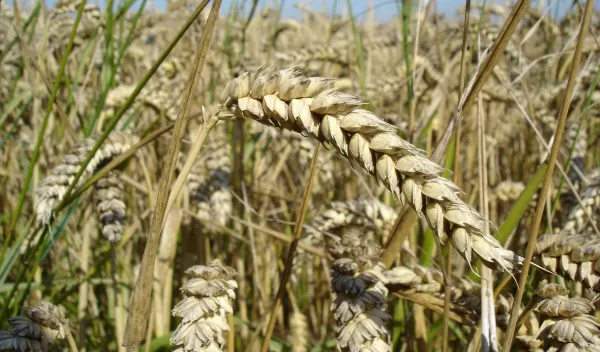
New research accurately predicts Australian wheat harvests months in advance
Topping the list of Australia's major crops, wheat is grown on more than half the country's croplands and is a key export commodity. With so much riding on wheat, accurate yield forecasting is needed to predict regional and global food security and commodity markets.
A new study published in Agricultural and Forest Meteorology shows that machine-learning methods can predict wheat yield for the country two months before the crop matures. The research is funded by NSF's Office of Advanced Cyberinfrastructure and its Directorate for Social, Behavioral and Economic Sciences.
"We tested various machine-learning approaches and integrated large-scale climate and satellite data to come up with a reliable and accurate prediction of wheat production for the whole of Australia," says Kaiyu Guan, an environmental and computer scientist at the University of Illinois, and principal investigator on the study. "The team of international collaborators contributing to this study has significantly advanced our ability to predict wheat yield for Australia."
People have tried to predict crop yield almost as long as there have been crops. With increasing computational power and access to various data sources, predictions continue to improve. In recent years, scientists have developed fairly accurate crop yield estimates using climate data, satellite data or both, but Guan says it wasn't clear whether one dataset was more useful than the other.
"In this study, we used a comprehensive analysis to identify the predictive power of climate and satellite data," he says. "We wanted to know what each contributes. We found that climate data alone are pretty good, but satellite data provide extra information and bring yield prediction performance to the next level."
Using both climate and satellite datasets, the researchers were able to predict wheat yield with approximately 75 percent accuracy two months before the end of the growing season. While this study took place in Australia, it's relevant, the researchers say, to any country where wheat is a significant crop.


